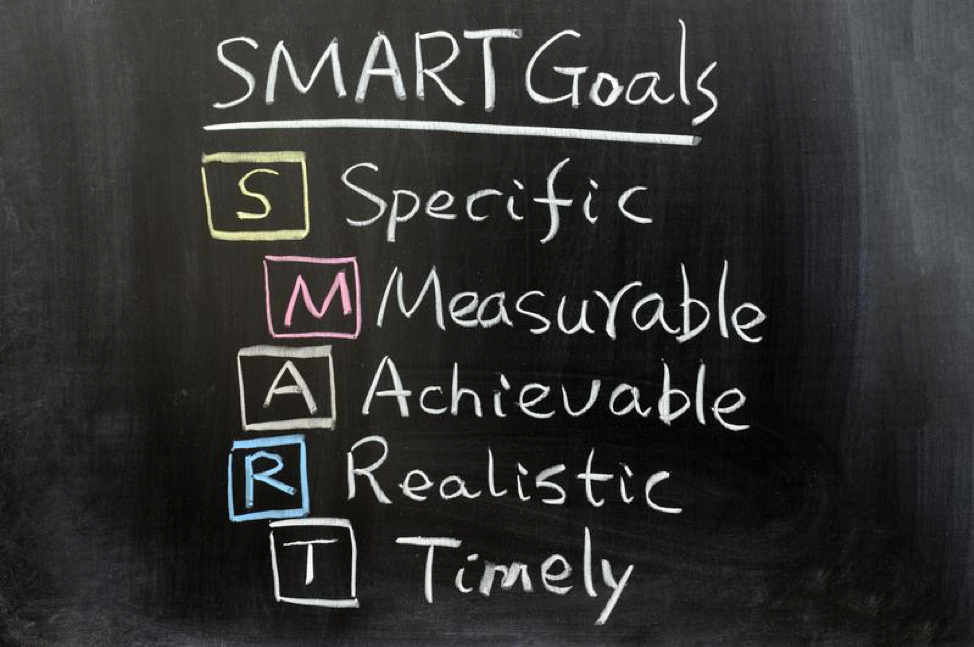Realistic Goal Setting
Introduction
Realistic goal setting is
a key aspect of personal and professional development. It involves setting
specific, achievable goals that are aligned with an individual's abilities and
resources. Setting unrealistic goals can lead to frustration, disappointment,
and demotivation while setting achievable goals can boost confidence and
motivation. Realistic goal setting requires a clear understanding of one's
strengths and weaknesses, as well as an assessment of available resources and potential
obstacles. By setting realistic goals, individuals can improve their
performance, enhance their skills, and achieve their desired outcomes. In this
context, various theories and strategies have been developed to guide
individuals and organizations in setting and achieving realistic goals.
Good
goal setting includes:
ü SMART
goal setting
ü A
balance between personal & professional objectives
ü Alignment 0f objectives with performance management
ü Improve collaboration & communication between team members
It is important to
understand the positive impact of setting up realistic goals. Your main aim
should focus on improving the productivity, engagement, and morale of an
employee. And it is achievable when employees feel that the organization is not
being over-ambitious with its vision.
There are several
theories and frameworks related to realistic goal setting. Some of the
prominent ones are:
- SMART goals: SMART stands for Specific, Measurable, Achievable, Relevant, and Time-bound. This framework suggests that goals should be specific, measurable, achievable, relevant, and time-bound to be effective.
- Locke and Latham's goal-setting theory: This theory proposes that setting specific and challenging goals leads to higher performance than setting vague or easy goals. It also suggests that goal commitment, feedback, and task complexity are important factors that affect goal achievement
- Self-regulation theory: This theory emphasizes the role of self-monitoring, self-evaluation, and self-reinforcement in goal setting and achievement. It suggests that individuals who have high self-regulatory skills are more likely to set and achieve realistic goals.
- Control theory: This theory proposes that individuals are motivated to set and achieve goals based on their perception of control. It suggests that individuals are more likely to set realistic goals when they feel a sense of control over their environment.
- Social cognitive theory: This theory emphasizes the role of social factors in goal setting and achievement. It suggests that social support, modeling, and feedback are important factors that affect goal-setting and achievement (Latham and Locke, 2007).
Conclusion
Realistic goal setting is
a crucial aspect of personal and professional development. By setting specific,
achievable goals that are aligned with their abilities and resources,
individuals can improve their performance, enhance their skills, and achieve
their desired outcomes. The various theories and frameworks related to
realistic goal setting provide guidance and strategies for individuals and
organizations to set and achieve goals effectively. SMART goals, Locke and
Latham's goal-setting theory, self-regulation theory, control theory, and
social cognitive theory are some of the prominent theories that can help
individuals set and achieve realistic goals. By adopting a realistic and
strategic approach to goal setting, individuals can experience greater
motivation, satisfaction, and success in their personal and professional lives.
References
Bandura, A. (1997).
Self-efficacy: The exercise of control. W.H. Freeman and Company.
Gollwitzer, P. M., &
Bargh, J. A. (Eds.). (1996). The psychology of action: Linking cognition and
motivation to behavior. Guilford Press.
Grant, A. M., &
Locke, E. A. (1997). Self-regulation, goal attainment, and the creation of
meaning. Journal of Applied Psychology, 82(2), 212-226.
Latham, G. P., & Locke,
E. A. (2007). New developments in and directions for goal-setting research.
European Psychologist, 12(4), 290-300.
O'Neil, H. F., Jr., &
Abedi, J. (1996). Reliability and validity of a state assessment of academic
readiness. Educational and Psychological Measurement, 56(6), 995-1015.
Stajkovic, A. D., Locke,
E. A., & Blair, E. S. (2006). A first examination of the relationships
between primed subconscious goals, assigned conscious goals, and task
performance. Journal of Applied Psychology, 91(5), 1172-1180.
Steel, P., & König,
C. J. (2006). Integrating theories of motivation. Academy of Management Review,
31(4), 889-913.




I love the way you articulated this topic. I know it will help a lot of people understand it better.
ReplyDeleteThank you
DeleteThis is a useful post for each and everyone. Thank you!
ReplyDeleteThank you
Deletegood explain
ReplyDeleteRealistic goal setting is one of the most important aspects of effective performance management.
ReplyDeleteThis article gives a clear idea on how to set realistic goals,like to add a point where the realistic goals should be communicated clearly to the employees in order to achieve the targets of the company.The company should assure that there is no communication gap which affects the performance of the company.
Realistic goal setting is an important aspect of personal and professional development. It involves setting achievable goals that are aligned with an individual's abilities, resources, and time constraints. Here are some key steps to follow when setting realistic goals
Delete